5 paint colors that make you feel anxious
Avoid these paint colors that can dampen your mood
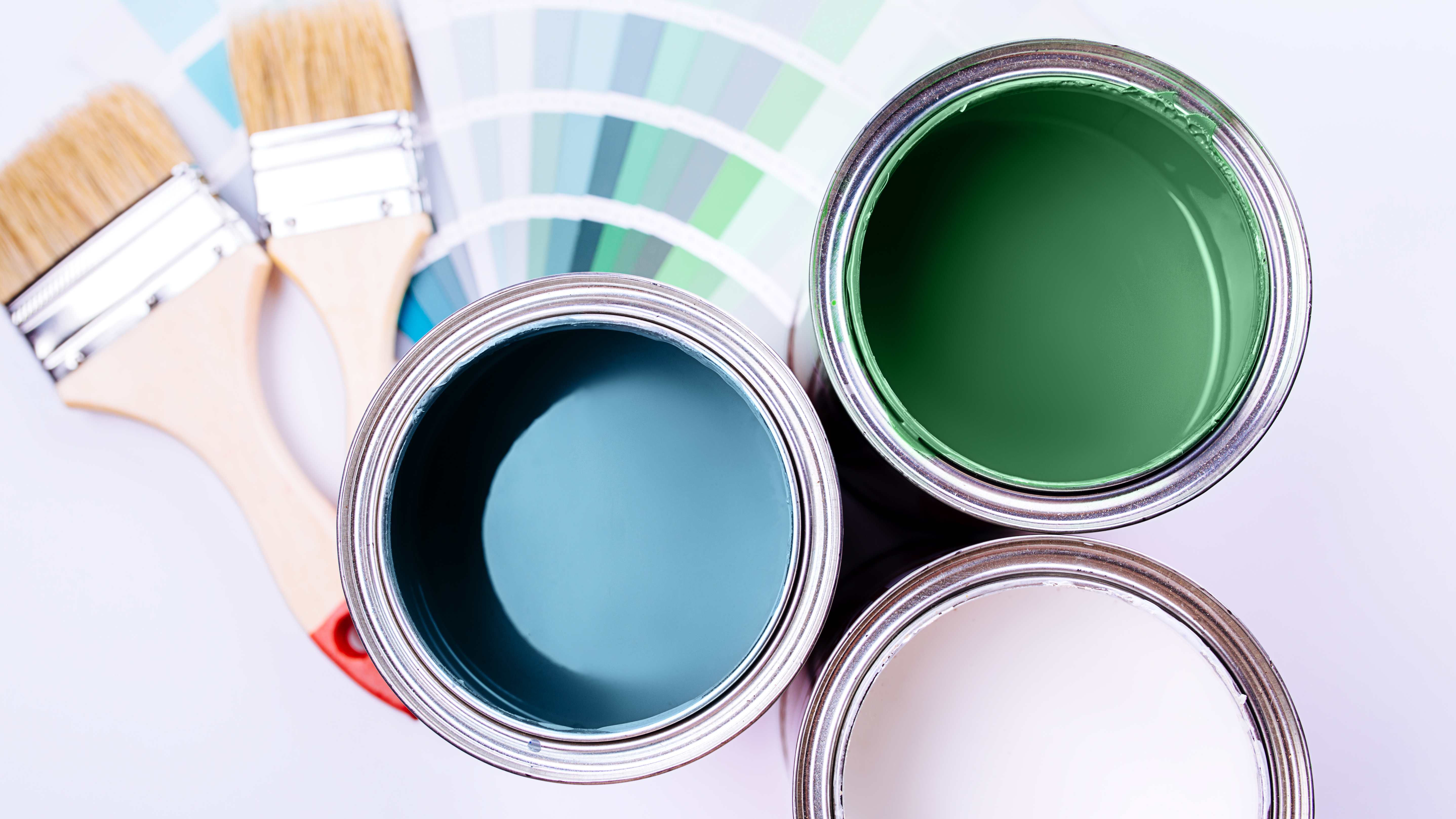
Have you ever walked into a room and your mood instantly changes? If you can't put your finger on it, it’s probably the color scheme! In fact, we often underestimate the power of paint color when it comes to our health and well-being.
According to the theory of color psychology, colors play a huge role in our homes — and can affect our emotions, moods and even behavior. In fact, color psychologists have found that certain paint colors can make you feel anxious, sad or depressed. What’s more, decorating your home with such anxiety-inducing paint colors affect your physiology and hormonal balance. These tend to be highly saturated, deep, intense, and vibrant tones.
Similar to knowing the paint colors you should never use in a bedroom, it’s important to know what colors will make you feel anxious, and potentially dampen your mood. If they’re your favorite tones however, you could include subtle hints in your soft furnishings, accents or accessories instead.
Also, to avoid color scheme mistakes, interior designers strongly recommend using a color wheel to help get the right decorating scheme for your home. Essentially, this tool is a visual representation of 12 core colors in a circle, from primary hues, secondary colors and tertiary colors that complement each other.
So, if you’re painting a room to give it a grand makeover, beware of these 5 paint colors that make you feel anxious.
1. Red
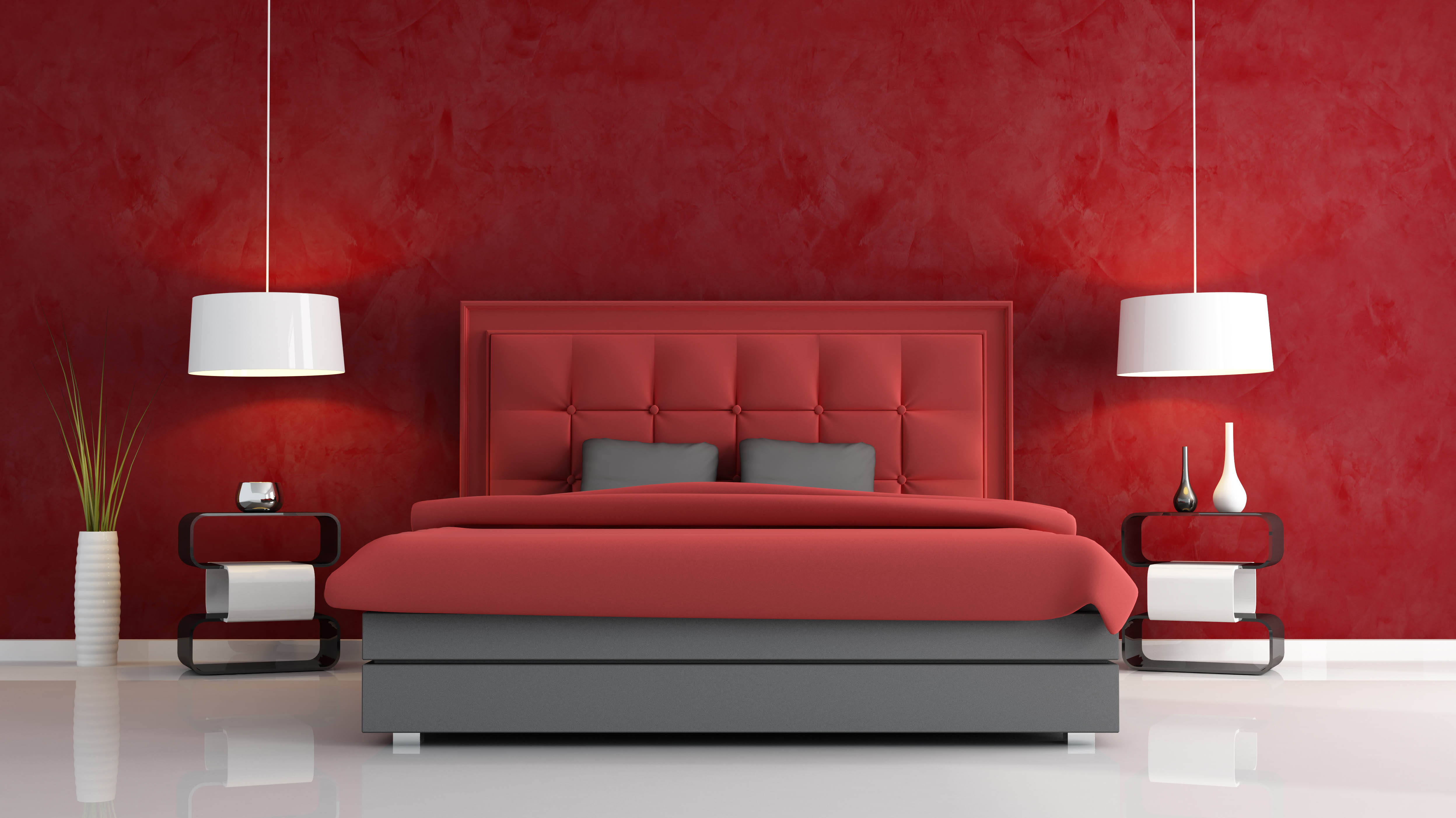
Red may be associated with love and passion, but this bold color is considered the most “stressful” color in decor — inducing feelings of anxiety. This vibrant tone symbolises imminent danger, power and war, and is one of the most energetic on the spectrum.
As a result, red can physically alter reactions that are similar to stress responses such as heightened senses and increased heart rate — which doesn’t bode well for creating a calm, peaceful space.
Sign up to get the BEST of Tom's Guide direct to your inbox.
Get instant access to breaking news, the hottest reviews, great deals and helpful tips.
While this intense tone can be overwhelming to paint an entire room, it can work well as an accent color or included in small doses. Experts recommend opting for a terracotta tone, and break it up with calming, neutral whites or other tones. What’s more, you can use tones of red for a striking feature wall, which will make the space feel less intense and overwhelming.
2. Dark brown
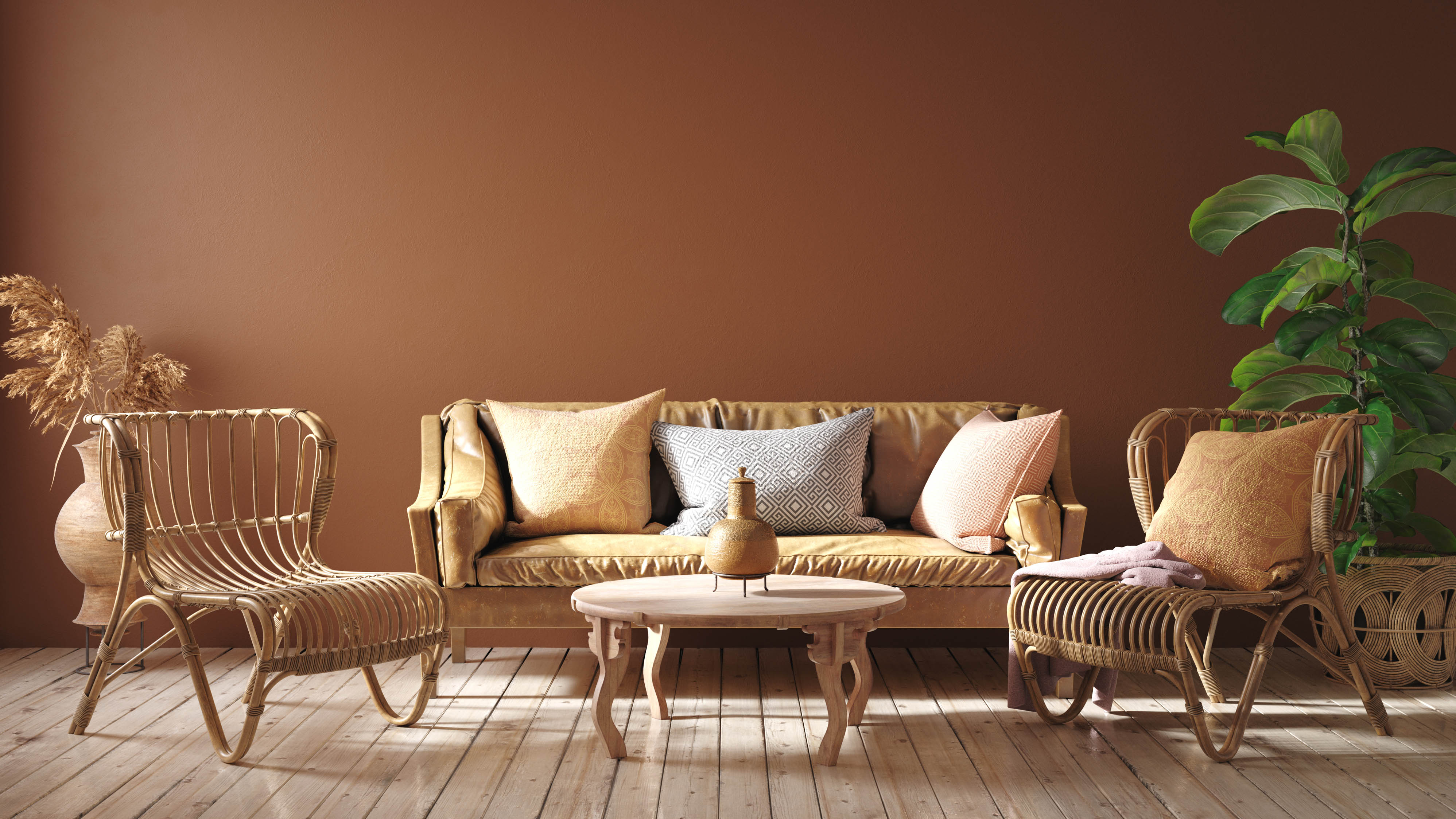
Although dark brown is considered a neutral, earthy color, it’s also a no-no when it comes to painting a room. Experts say brown is often associated with more negative emotions, and induces anxiety and depression.
In addition, this particular tone can make a room feel dreary, empty and lonely. It can also make a room feel smaller, in which case, you’ll need to know how to brighten a dark room to make it look bigger. What’s more, having brown walls around the home is known to lower the value of a property — which will affect your hopes of selling for top dollar!
However, there are lighter shades of brown that work well in a room. You can opt for muted tones such as beige or cream instead, or use dark browns in isolation. Dark brown can look elegant and stylish when paired with other neutral colors to make it really stand out.
3. Yellow

Although yellow is typically considered a warm and cheery color, this is another high-intensity color that can affect the nervous system. According to color experts, a saturated bright yellow on all walls is stimulating to the emotions that can leave you feeling either overexcited, nervous or anxious.
Interestingly, yellow is one of the oldest colors known in history, and the ancient Egyptians would paint their Gods in yellow to resemble gold. But after the 14-century, yellow soon became associated with negative personality traits such as jealousy and treason.
However, there are ways to include the right yellow tone in your home decor. You can use it as a neutral color to warm up a cooler space, or stick to a focal point or accent wall. Generally, yellow works better in lively kitchens, dining areas, and children's rooms. If you don't want to paint in yellow but still want to inject a splash of vibrant color in the rooms, you can add it in furnishings such as rugs or cushion covers instead.
4. Dark grey
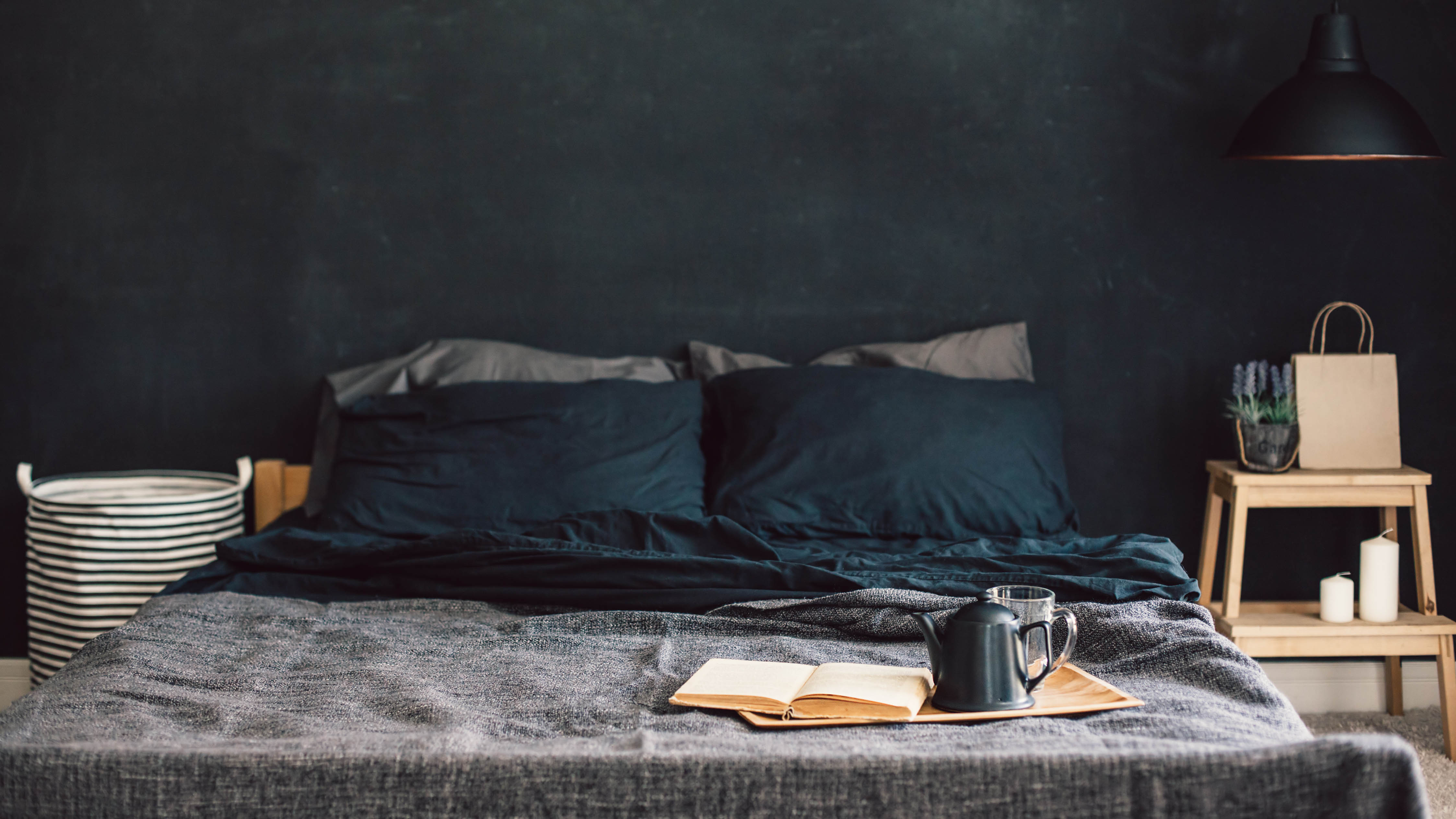
Shades of grey have been on-trend in contemporary design, and can look classic and timeless in many homes. But according to color experts, dark or charcoal tones implies a dark state of mind, associated with anxiety and moodiness. According to a study by the North American Mental Health Professional Advice Council, dark grey tones can contribute to depression, evoking feelings of loneliness, and even isolation. In fact, the closer to black grey gets, the more moody and dramatic the color becomes.
However, before you dismiss the idea of grey shades completely, there are ways to include certain tones into your home that would make a great decor feature. In fact, grey complements almost every other hue (pinks, corals, teal), making it a versatile, sophisticated paint color. If you do want to include dark greys in your home though, it’s recommended to choose softer/soothing shades, and go for a matte finish.
5. Purple tones
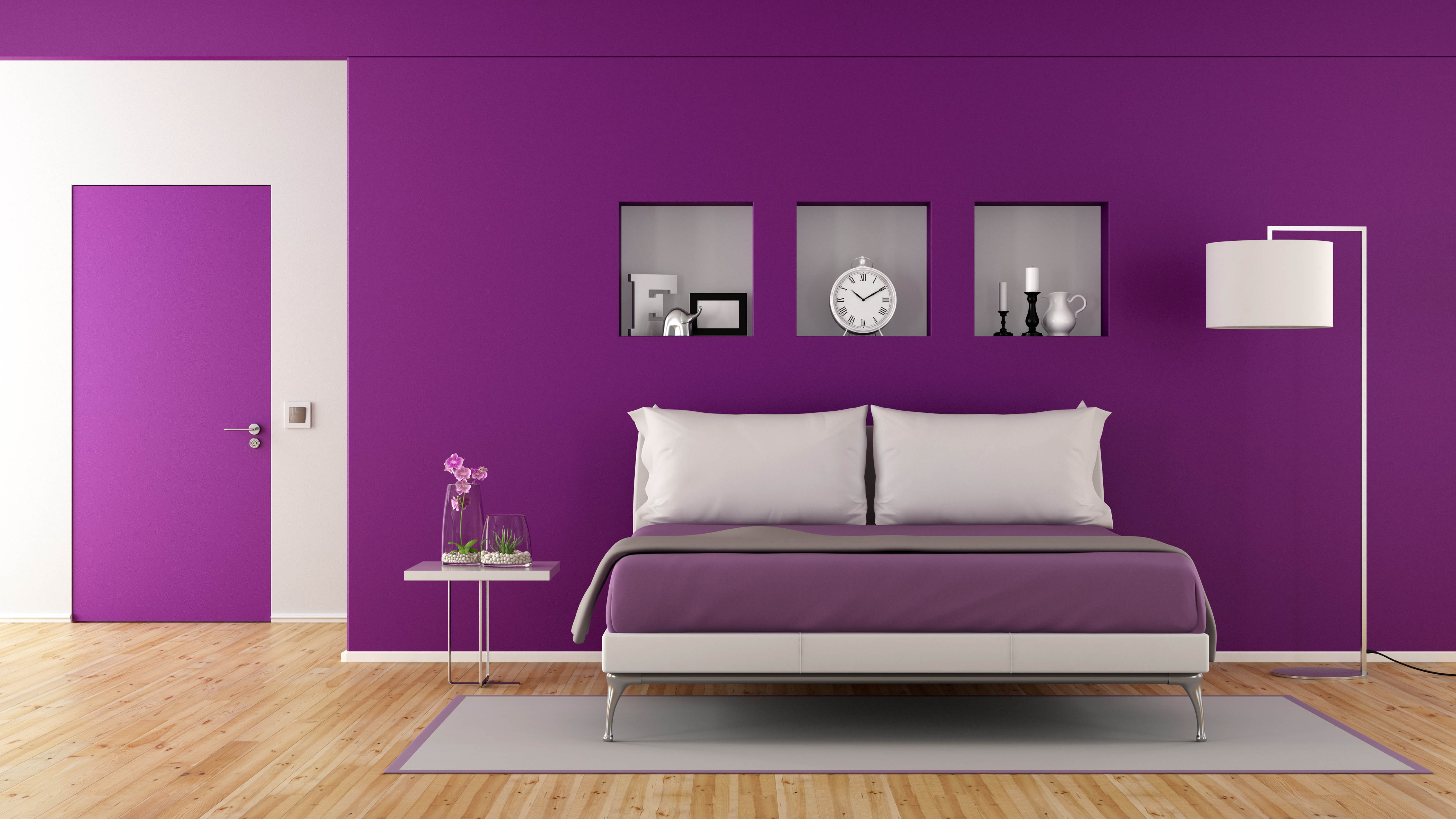
The color purple is often associated with calm spirituality, and encouraging creativity. However, different shades can also create negative emotions.
Experts believe that dark purple tones can induce feelings of anxiety, sadness and despair. In fact, too much of this vibrant color can cause irritability and even bring about vivid dreams or nightmares. So it's probably not ideal to paint your bedroom this color!
If you do have a love of purple however, such tones work well as a feature wall or in décor accents around the room. What’s more, since purple tones are known for sparking the imagination and creativity, this is best suited to busy playrooms or hobby rooms.
More from Tom's Guide

As the Homes Content Editor, Cynthia Lawrence covers all things homes, interior decorating, and garden-related. She has a wealth of editorial experience testing the latest, ‘must-have’ home appliances, writing buying guides and the handy ‘how to’ features.
Her work has been published in various titles including, T3, Top Ten Reviews, Ideal Home, Real Homes, Livingetc. and House Beautiful, amongst many.
With a rather unhealthy obsession for all things homes and interiors, she also has an interior design blog for style inspiration and savvy storage solutions (get rid of that clutter!). When she’s not testing cool products, she’ll be searching online for more decor ideas to spruce up her family home or looking for a great bargain!
